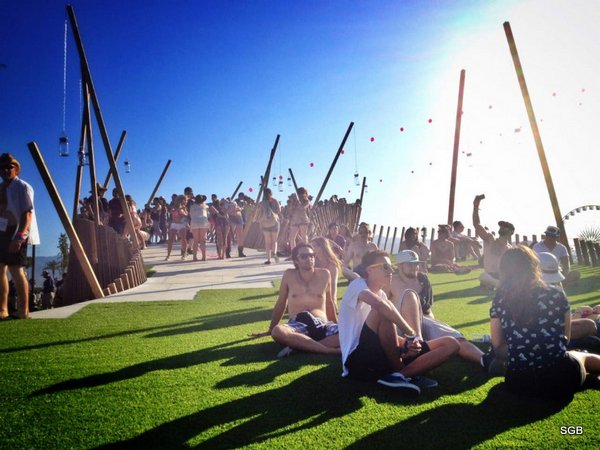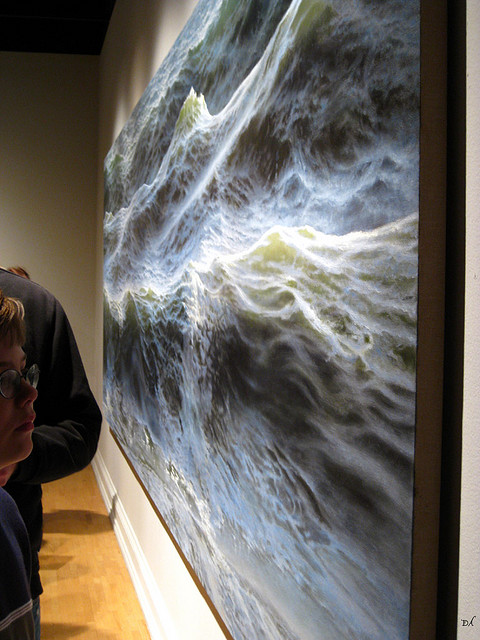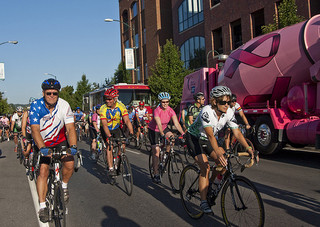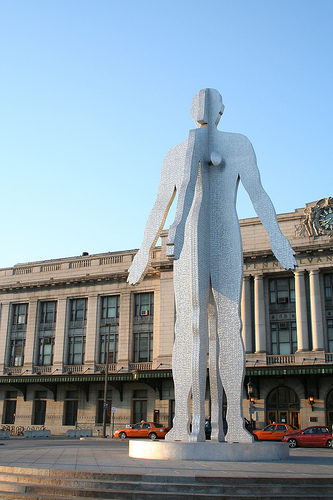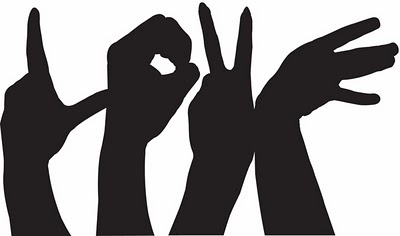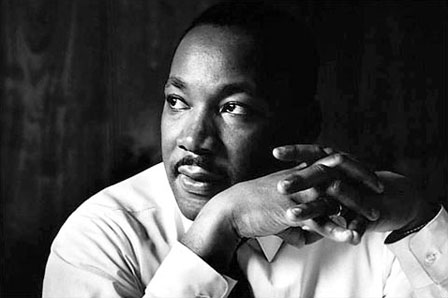Over the past few weeks I have been following the debate about the sale of the Detroit Institute of Art (DIA) not only because it an institution dear to me but because it reveals a fascinating look at the difference in opinions of who owns art and what its value is. Among logical points that visitors of the museum bring in more money than what would be gained by selling the pieces or that the sale of the art would not relieve Detroit’s debt, was one argument that shocked me: Detroit should sell its art because the city doesn’t deserve it.
This was the central point of “Detroit’s Van Gogh Would Be Better Off in L.A.” where Virginia Postrel argues art does not belong to the people of Detroit but the world at large. “Great artworks shouldn’t be held hostage by a relatively unpopular museum in a declining region,” she wrote, “The cause of art would be better served if they were sold to institutions in growing cities where museum attendance is more substantial and the visual arts are more appreciated than they’ve ever been in Detroit.” In the end she believes the sale of Detroit’s artwork would allow more people to see it and better serve the cause of art.
Postrel seems to owe an intellectual debt to Richard Florida, that apostle of urbanism whose 2010 book, The Great Reset, appalled critics by arguing, in so many words, that some cities deserve high culture more than others,” Nora Caplan-Briker points out in her rebuff of the article, “Essentially, cities where the arts are already blooming deserve them, and all those other gloomy, faded backwaters don’t, as evidenced by their failure to nourish them thus far.”
Virginia Postrel’s inflammatory piece also hints at a part of the debate that has not been talked about in the open. Over 80 percent of Detroit’s population is African American while attendance at art institutions like the Detroit Institute of Art has remained primarily white. Only 5.9 percent of art museum attendees are African American even though they make up 11.9 percent of the U.S. population. The debate around the sale of the DIA, seems to me to spring at least in part from the division that still exists between historic institutions of high culture and communities of African American, Hispanic, and other minority artists that have developed separately and often times remain separate from these institutions.
Ethnic and cultural arts institutions are the fastest growing category of cultural institutions in the country. Beginning in the 1970s in Detroit, there was declining funding for the DIA while funding was being increased to other cultural institutions, namely the Museum of African American History. This was partly seen as a symptom of Detroit’s evolving demographics.
So do Van Gogh, Rembrandt, and the other European treasures at threat of being sold off have more value to the people of Detroit then the money gained from the sale? My opinion is best summed up in this quote from Ben Davis’ piece on diversity in the art world:
“It would represent a huge failure of vision, however, if art were to remain confined to just the cultural group that originated it.”
While a young African-American student might not identify with Van Gogh, it doesn’t mean he can’t connect with his work. While there are huge historic cultural barriers that prevent the Detroit Institute from being accessible to a wider population, that doesn’t mean that these barriers can’t be torn down. However, if we follow Postrel’s advice and move the works of the DIA to a city where they are “better appreciated,” we deny the people of Detroit even the possibility of experiencing these works.

